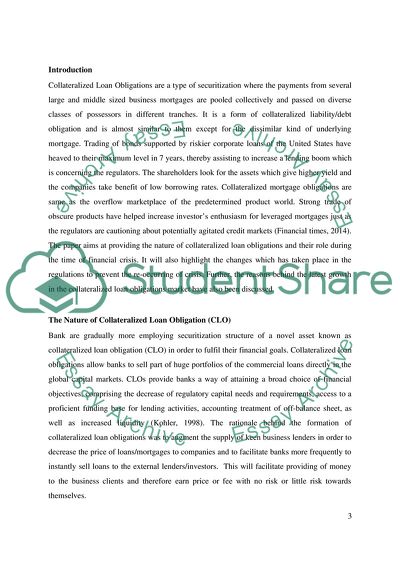Cite this document
(“Collateralized Loan Obligations Essay Example | Topics and Well Written Essays - 1750 words”, n.d.)
Collateralized Loan Obligations Essay Example | Topics and Well Written Essays - 1750 words. Retrieved from https://studentshare.org/finance-accounting/1674620-collateralized-loan-obligations
Collateralized Loan Obligations Essay Example | Topics and Well Written Essays - 1750 words. Retrieved from https://studentshare.org/finance-accounting/1674620-collateralized-loan-obligations
(Collateralized Loan Obligations Essay Example | Topics and Well Written Essays - 1750 Words)
Collateralized Loan Obligations Essay Example | Topics and Well Written Essays - 1750 Words. https://studentshare.org/finance-accounting/1674620-collateralized-loan-obligations.
Collateralized Loan Obligations Essay Example | Topics and Well Written Essays - 1750 Words. https://studentshare.org/finance-accounting/1674620-collateralized-loan-obligations.
“Collateralized Loan Obligations Essay Example | Topics and Well Written Essays - 1750 Words”, n.d. https://studentshare.org/finance-accounting/1674620-collateralized-loan-obligations.


